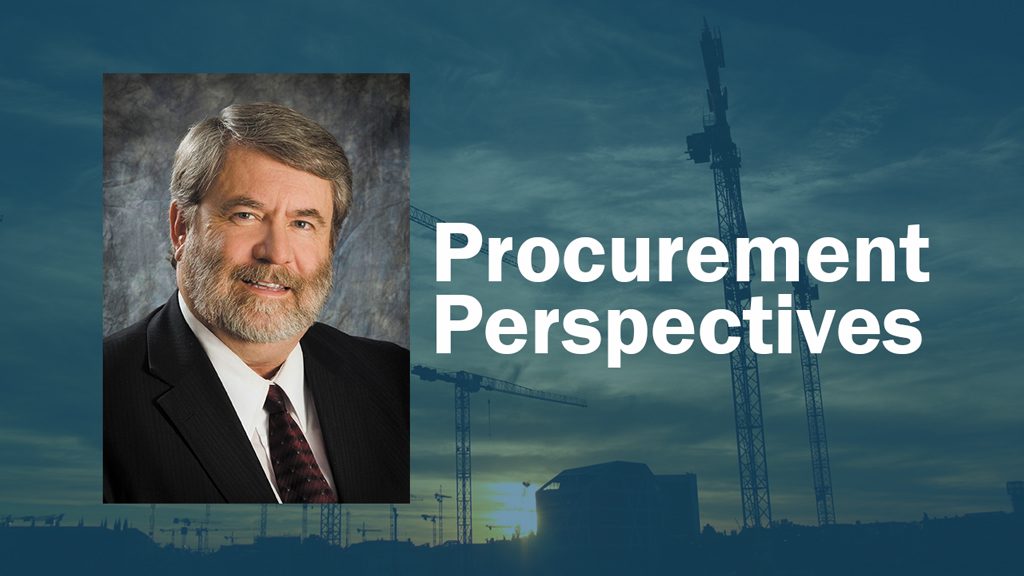One of the most important aspects in business is the ability to confront change. Change is an ever-present feature of life.
Organizational change may be difficult but as the conditions of the environment within which the organization operates change, it becomes essential to survival.
Furthermore, the need for change reflects the fact that every organization is in some respects imperfect. Change forces people to make choices. Given the disruptive effects of change, it is critical to make the right choices.
Where change is most drastic, life and success strongly favour those who learn most quickly. The faster the world changes, the further many people fall behind, because they are completely unprepared to respond to change.
Even if an organization is performing at an optimal level, it must still change to match the evolution of the environment in which it operates. A good example in the procurement process is the potential of tariffs that may be put on materials for projects coming into Canada.
What has worked in the past almost certainly will not work in the future. If performance is sub-optimal, then the organization must change to improve.
Progress and change are inexorable features of life. In procurement, the change process has capability (including problem solving) and moral as well as technical implications. A process of continuous improvement implies steadily rising standards, developing policies and procedures, as society outgrows what it previously considered acceptable.
A society that has abandoned a desire to improve and to overcome the challenges against it has already embraced failure as its eventual destiny. Problems will never get easier if one fails to improve.
The immediate pressures that push in on an individual or organization cannot be allowed to displace the need to pursue improvement over the medium to long-term.
At both the organizational and individual level, developing a disciplined and regular process of improvement is demanding, but it is the best investment that one can make.
What an organization or individual is able to do tomorrow is governed by the preparation that takes place today. If one does not expand and improve upon the ability to respond, then in the future
it will be impossible to get beyond where one currently stands. To get somewhere else, one must evolve into something else. The process of improvement must be sustained.
Two other observations are critical with respect to such evolution.
A burst of good intentions is spent by a quick release of energy may get things started, but it is unlikely to last long enough to bring about a lasting improvement in performance or even a meaningful change in beliefs, habits, or methods. A stop-start process rarely leaves sufficient time for review, assessment, reflection or analysis on such critical aspects of organizational performance as success, failure, problems and the lessons that may be learned from them.
Like any strategic process, continuous improvement must be set on attainable goals. Aiming at a breakthrough is generally unrealistic because any such breakthrough normally requires one to out-perform existing ability or the limits of established methods.
Setting an unrealistic target aims one towards failure. It is better to aim towards achieving incremental improvement through a series of small wins and the refinement and other modifications of existing practice. This approach increases confidence and creates a momentum forward.
It is not sufficient for procurement managers to respond to the dynamics of our ever-changing society. To at least some extent, an effective manager must be capable of driving it.
He or she must be identified with the forces that push the organization ahead. They must be willing to implement change and to contribute new ideas to the process of change. Such contributions form a very important aspect of the creativity of senior management.
Stephen Bauld is a government procurement expert and can be reached at swbauld@purchasingci.com. Some of his columns may contain excerpts from The Municipal Procurement Handbook published by Butterworths.







Recent Comments
comments for this post are closed